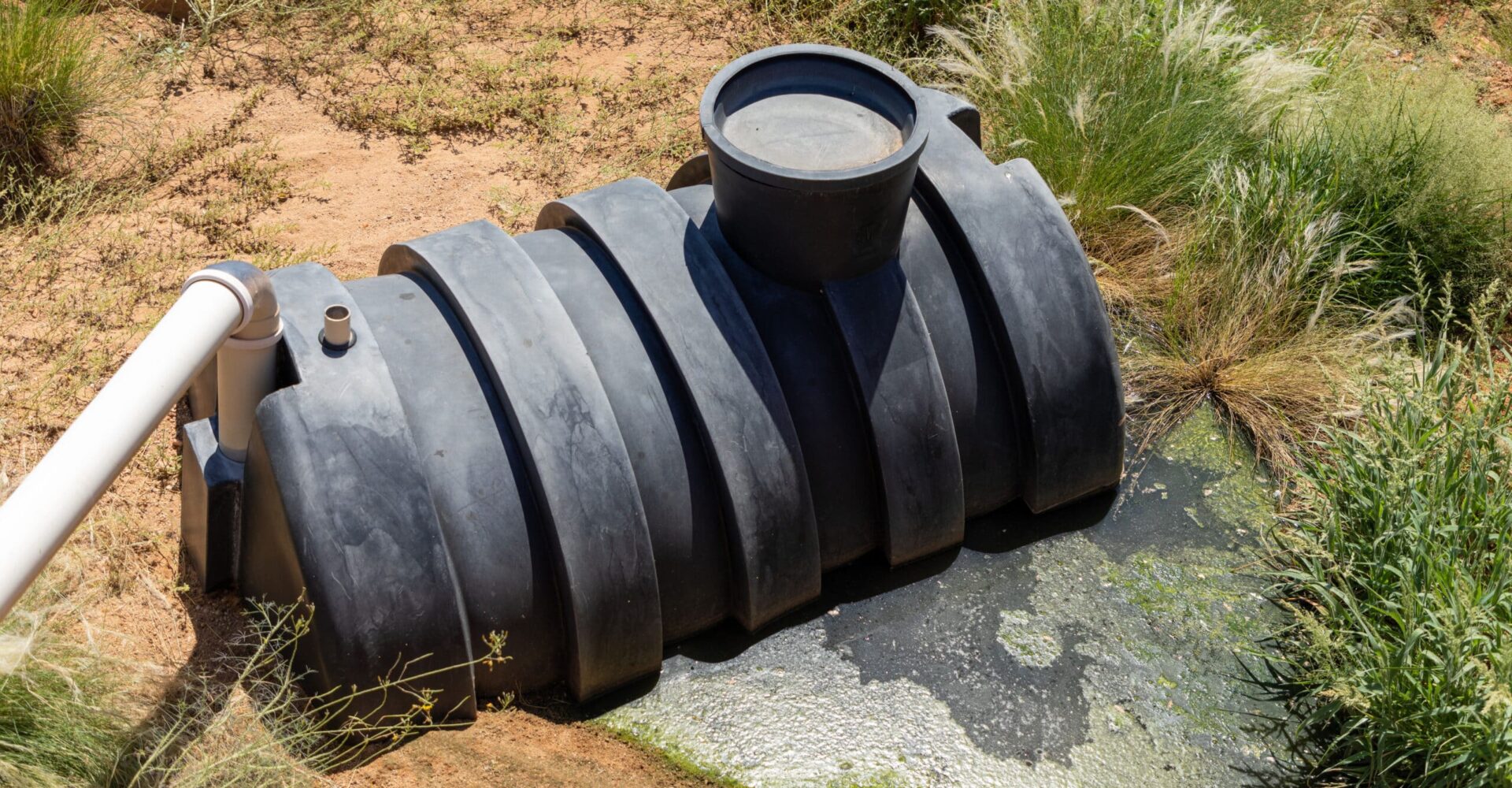As a homeowner, it is important to know the warning signs of septic system failure to ensure your home stays up and running. Septic system failure can lead to costly repairs, and even replacement, if not caught in time. In this guide for homeowners, we’ll uncover the warning signs that indicate a failing septic system, so you will know when it’s time to take action. From backflow from drains and toilets to unnaturally bad odors or pooling water, learn how to identify these warning signs and what steps you need to take toward repairing or replacing your current septic system.
Common Warning Signs of a Failing Septic System
The key to preventing costly repairs and replacements is knowing the warning signs of septic system failure and acting on them quickly. Homeowners should regularly inspect their septic tanks and drain fields for any changes or abnormalities, such as pooling water on the surface above the tank or drain field, or unusual odors coming from around plumbing fixtures inside or outside the home. Additionally, homeowners should be mindful of gurgling sounds coming from drains and of changes in wastewater drainage speed or quantity. Another indication of a failing septic system is the increased presence of flies or other insects that are attracted to sewage. Monitoring backflow from drains and toilets is another important factor in identifying a potential septic problem as soon as possible. Backflow occurs when sewage or wastewater flows back up through the pipes and causes a terrible smell and discolored water in bathrooms and kitchens.
In addition to regular inspections, homeowners can take proactive measures to ensure their septic systems are working properly by scheduling routine maintenance with a professional plumbing company like High Priority. During these visits, a specialist will check for signs of distress within your septic system, such as cracked pipes and clogged drain lines, tree roots invading tanks, or water infiltrating the soil around the tank. In some cases, they may even recommend pumping out your tank if it has become too full over time.
It is important to note that different parts of the country use different types of materials when installing septic systems—each with its own unique set of failure warning signs. For example, clay lines often crack due to shifting soil conditions, whereas plastic pipes are more prone to clogging over time due to grease buildup. Knowing what materials were used in your area’s installation can help us identify problems much sooner before they become serious issues.
Necessary Steps for Repair or Replacement of Current Septic System
When it comes to repairing or replacing a current septic system, there are several steps that need to happen. First, a system inspection will identify what repairs need to be made and what materials should be used for replacement. During this step, a professional will check for cracks in pipes.
Once the system inspection has been completed, the necessary repairs or replacement will depend on the individual situation. If the system needs repairing, a professional will use specialized tools and techniques to repair pipe cracks, replace faulty pipes and fittings, clear clogged drain lines, remove tree roots, or stop leaking water.
It is important to be aware of the warning signs of a failing septic system and take proactive preventative maintenance steps. Regular inspections, monitoring backflow from drains and toilets, and scheduling routine maintenance with a professional plumbing company like High Priority can help homeowners avoid costly repairs down the road. Additionally, understanding what type of materials were used in your area’s installation process can also help us identify problems much sooner. With these tips in mind, you will be able to keep your septic system running smoothly for years to come!
